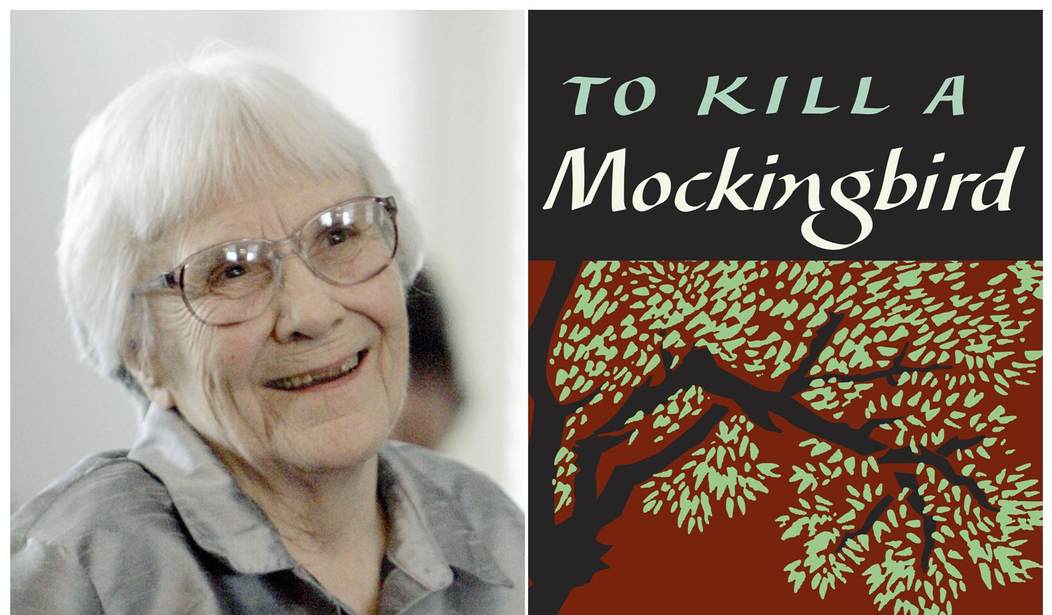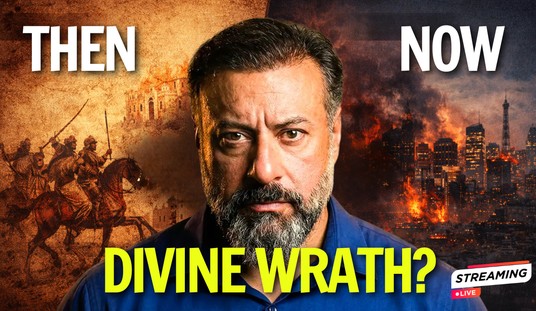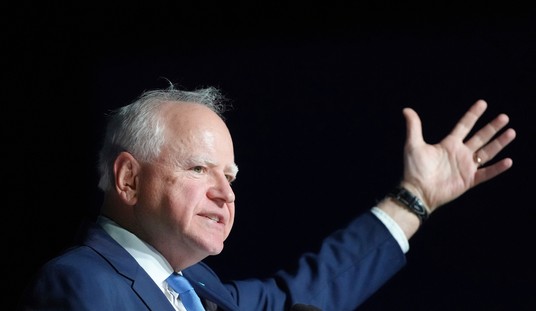It seems like the school reading lists that teachers have subjected students to since the time immemorial have remained relatively unchanged. It’s easy to understand why: classic books have stood the test of time, and most modern books need that test of time before they can join the list of classics.
That’s not enough for today’s school librarians. The same self-appointed heroes who rise up in anger and outrage when parents don’t want certain books available to their kids have decided that some of the great classics that students have read for ages don’t belong on school reading lists.
The SLJ and @ncte Summer Reading Survey asked K–12 librarians and teachers to identify titles they would suggest removing. https://t.co/HtN9Mt0DzQ pic.twitter.com/tyYSyI1KEf
— SchoolLibraryJournal (@sljournal) April 18, 2022
School Library Journal teamed up with the National Council of Teachers of English to ask school librarians what books should come off reading lists and what, if any, books should join the list.
The list includes some typical targets of the left. Number one on the list? To Kill a Mockingbird. That’s right, librarians think that Harper Lee’s Southern literary masterpiece should come off the list more than any other book. You see, it’s “problematic” because it’s set in the pre-Civil Rights-era South, and we can’t have kids reading stuff like that unless it paints all white people as racist oppressors, now can we? 🙄
What’s really funny is that To Kill a Mockingbird made the top of another list: PBS’ 2014 survey of Americans’ best-loved novels. In fact, by my count, 12 of the books that librarians have daggers out for made that list.
Other classics on the list include the works of Shakespeare, The Great Gatsby, Little House on the Prairie, and Catcher in the Rye. (I’m cool with memory-holing that last one — what an awful book!)
We should expect some pushback on the titles that the left has claimed were racist for years. I mean, it’s no surprise that Huckleberry Finn and Tom Sawyer are among the targets on the list, and Little House on the Prairie isn’t so politically correct either. That doesn’t mean that students can’t learn from them.
Another funny thing about this list is that some of the books are there because librarians think they’re boring. I can remember having to trudge through Great Expectations in 9th grade and The Great Gatsby in 10th grade. I hated both of them at the time, but when I was done, I appreciated them and understood why they’re classic and important. Here’s the thing: yes, reading should be fun, but it’s not always so, and students might as well learn that when they’re young.
Related: University Slaps Woke Warning on Hemingway Classic for ‘Graphic Scenes’ of Fishing
Naturally, these librarians want to replace these classics with more modern books, and of course, many of these books are more “diverse.” Titles like The Hate U Give, I Am Not Your Perfect Mexican Daughter, and Trevor Noah’s Born a Crime (no, seriously) make the list of suggested replacements for the classics. It’s a predictably woke list.
One teacher mentioned how she thinks kids can learn the same lessons from more modern, less time-tested books.
“Instead of 1984, she suggests Sanctuary by Paola Mendoza and Abby Sher, which follows a young girl and her undocumented immigrant family in a not-so-distant future America where citizens are tracked with a chip. The plot is Orwellian and ‘big brother,’ she says, ‘but also talks about immigration instead in the future, so it’s more fun.’”
Yeah, when I think fun, illegal immigration comes to mind right away.
And not all teachers want to add the hot, hip, woke titles straightaway. One teacher at a private Christian school told School Library Journal that she prefers books that have stood the test of time.
“[Kimberly] Davis prefers books of ‘verified quality’ that help students ‘recognize what’s common across humanity, time, and cultures.’ While she and her fellow teachers acknowledge the historical context, Davis maintains that there’s value in learning about past cultures and societies from classic texts.”
Davis even remarked that she gives her students an expanded list of books to choose from so that they can have a little say in what they’re reading and learning. There’s nothing wrong with that.
Why do we have to take some things away? Why not simply expand the list instead, giving students more choices and options for expanding their horizons?
There’s so much we can learn from the classics. I remember being frightened by the dystopian future of 1984 and almost feeling the rhythm of Mississippi River life in Mark Twain’s classics. I deeply value the familiar yet oh-so-different world of the early 20th century South in To Kill a Mockingbird and appreciate the plight of the English working class in Great Expectations. I still revel in the rhythm and color of Shakespeare’s works — and we definitely can’t ignore the impact the Bard had on our language. Why shouldn’t today’s students have the same opportunities I did?
These librarians and teachers should tread lightly when removing important classics from students’ reading lists. Fresh, woke books won’t replace the classics in importance anytime soon.










Join the conversation as a VIP Member